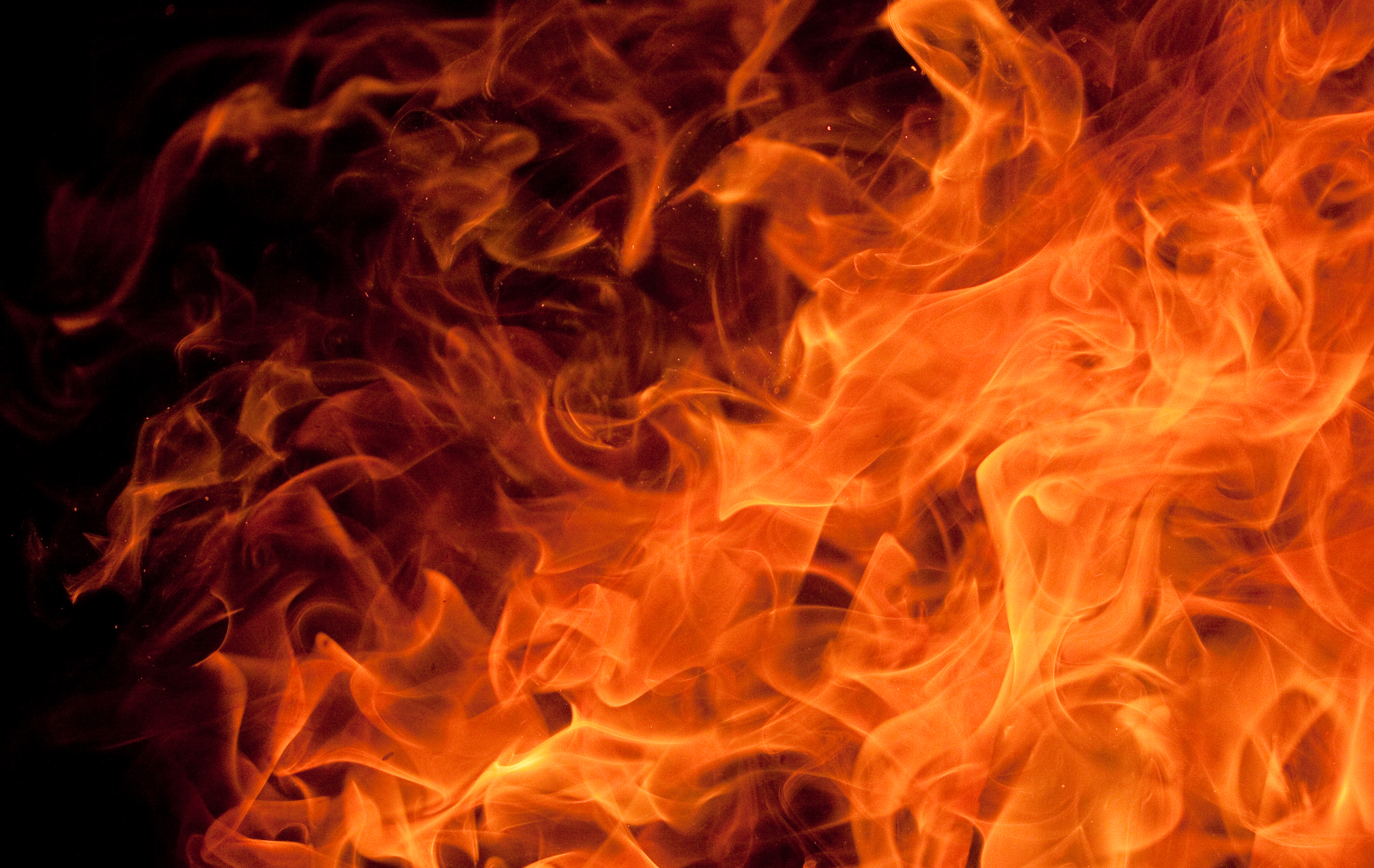Fifty years ago, when two commercial airliners collided over Park Slope, this is how I spoke about the enormous tragedy a few days after it happened: “Sometimes, one story crams all the drama of life into a few hours. One story runs the gamut of every human emotion.”
I pointed to the intersection of 7th Avenue and Sterling Place in Brooklyn where the wreckage of an airliner on a snowbank filled the scene. “This is where most of the story happened.”
On that day of the plane crash over New York Harbor, I was reporting on a group of underprivileged youngsters having a great time in the toy department at Macy’s. Each had been given a $5 bill ---and turned loose to shop for whatever the child wanted.
It was an old Macy's tradition, The Young Men’s Chamber of Commerce escorted bus loads of children to, as I remember it, the 5th floor toy department, then turned them loose. A $5 bill went much further in those days. It was fun following some of the children and asking them why they had chosen a game or a doll.
At the very moment, I was watching the kids in their frenetic hunt for toys, I didn’t dream that two planes were colliding in the fog over New York Harbor and that the crash would kill 134.
We didn’t have cell phones in those days but someone on our news desk managed to put through a call to Macy’s.They said it was urgent. I found a phone and called our desk. “There’s a passenger plane down in Brooklyn,” the editor said. “You’d better get down there.”
I remember rushing out of the building with our three-man camera crew. We drove the wrong way, on part of the trip to Brooklyn. I think we went south on northbound Eighth Avenue. We got there in about 15 minutes.
Immediately, the desk demanded that I do a “spot” [a report] for our radio network. I didn’t know a thing yet. But I could see the smoking debris of the United airliner amid the snow banks at Sterling Place and 7th Avenue. I went up to a fire chief and asked him whether there were any survivors. He said: “None, as far as I know.” It was about 12 noon, the time for our hourly newscast. On the meager information I had, I delivered a spot, from a phone booth on the street, describing the smoking ruins, the fire fighters carting away bodies on stretchers.The frantic search for survivors.
We didn’t know at first that there had been a collision---that the other plane, a TWA airliner, had crashed in Staten Island. I found a man, a Mr. Brook, who saw the United Airlines plane go down in Brooklyn.
Local
“It looked like part of the left engine was on fire and it seemed to be coming down at an angle and part of it hit the corner of a building. And then the plane went down on the ground. I saw people moving around inside trying to get out. The door and the tail of the plane was open and a woman started to come out and then there was a tremendous explosion.
And she was blown right out of the plane. A young child that was blown out was hanging in the tree.”
That 11-year-old child, Stephen Baltz, became the focus of the story for the next 24 hours. All over America people were hoping and praying for his survival. He was being treated at Methodist Hospital and I remember the pastor there came out to the street frequently to give us bulletins on Stephen’s condition.
Hope and prayer were not enough. On the next day, he died of pneumonia. An autopsy showed his lungs had been seared by burning jet fuel.
In those early days of my career, I always struggled to maintain a indifference to the tragedies I covered. I thought it was important to be objective at all times But the news that Stephen had died shattered me. I think the staff at the hospital felt the same way.
Years later, Barbara Lewnes, the nurse who sat with the boy through the long night after the crash, said that most of the time he slept but, for an instant, he woke up. “He wanted to know where he was, he felt fine, he wanted a television,” the Times reported.
And Ms. Lewnes said: “You stood there looking at this little boy and he was saying this and you know to me it was still the weirdest thing that I’ve ever seen.”
She told him she’d see about a television set and then he fell asleep again. She left the hospital that morning, feeling optimistic, went home and then awoke that afternoon to hear a radio report that the little boy had died.
For the young nurse and the people of New York the tragedy of December 16, 1960 was great. Stephen Baltz was its symbol.



